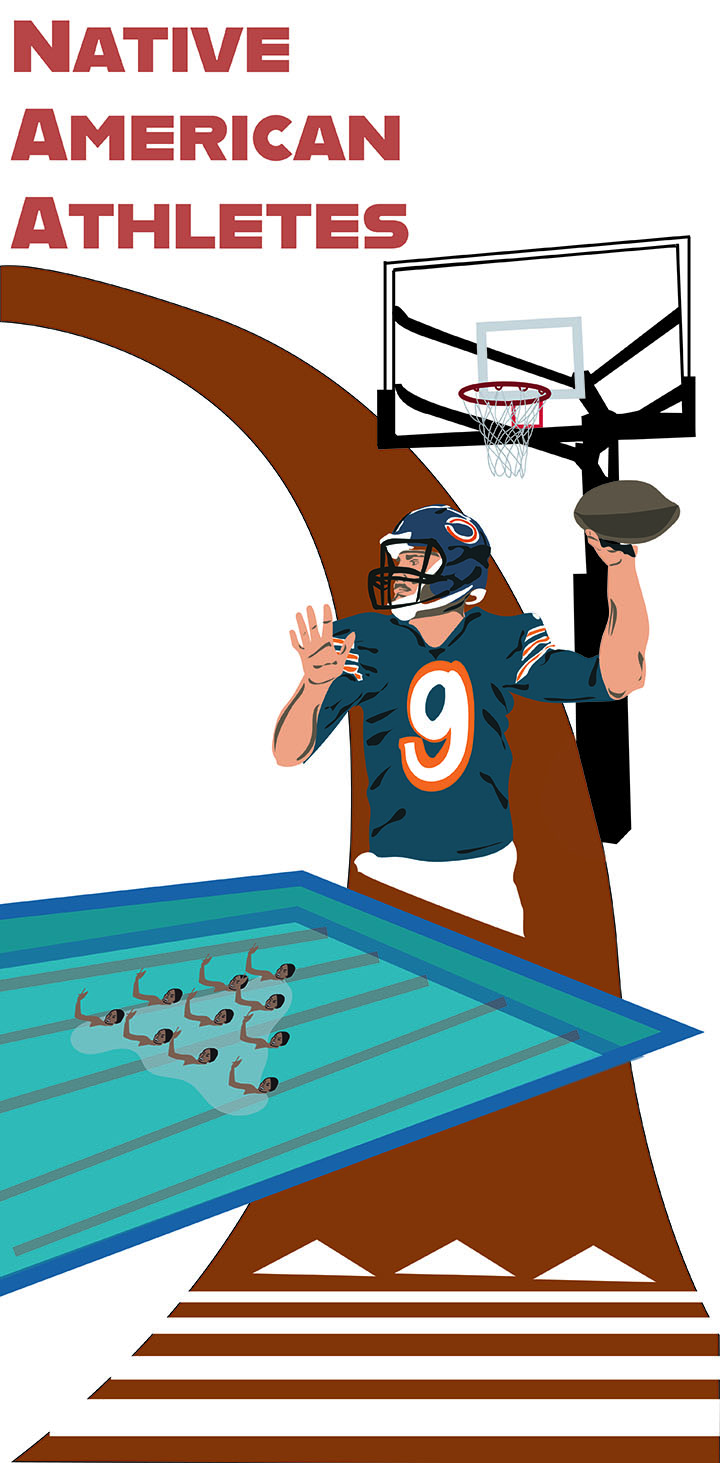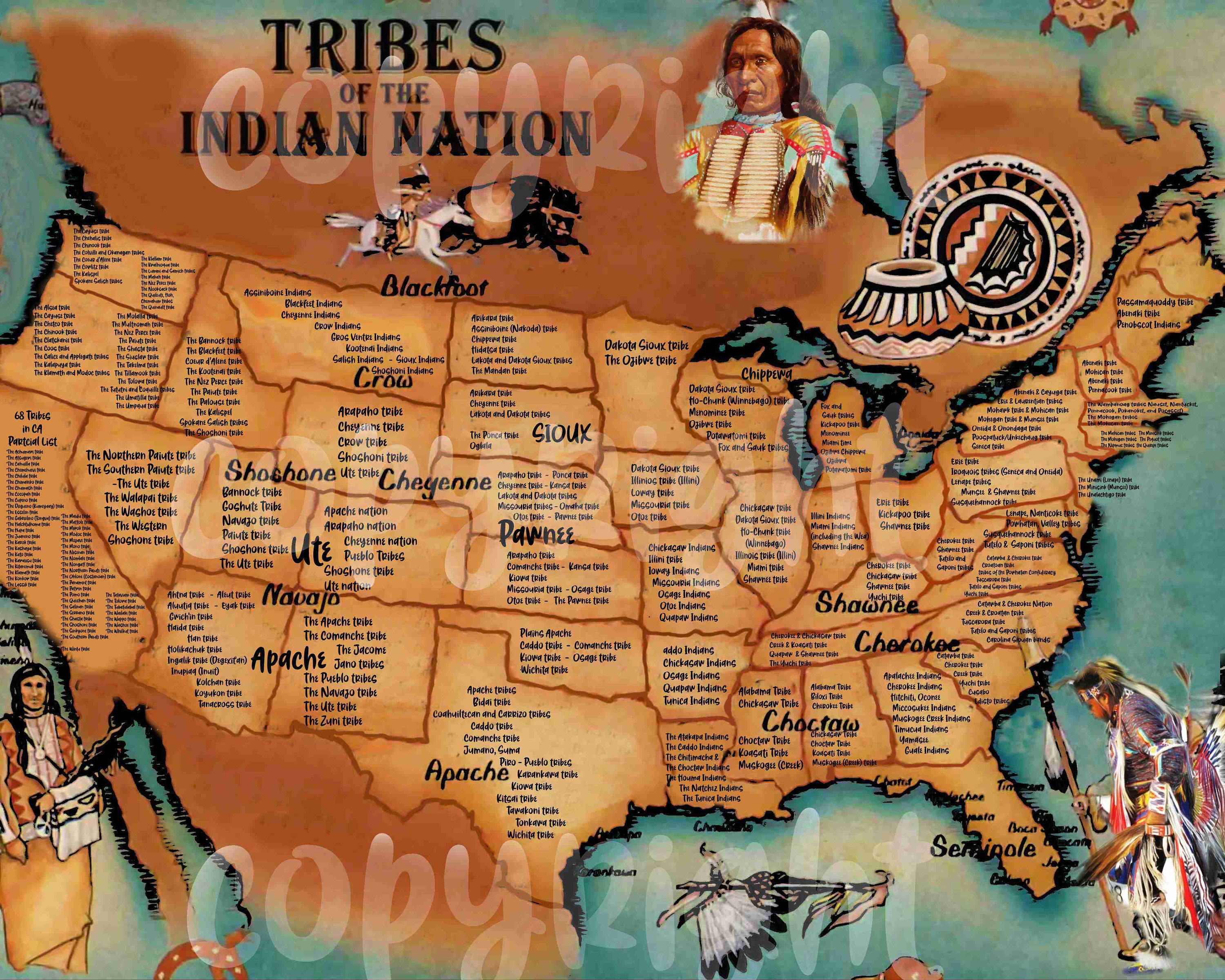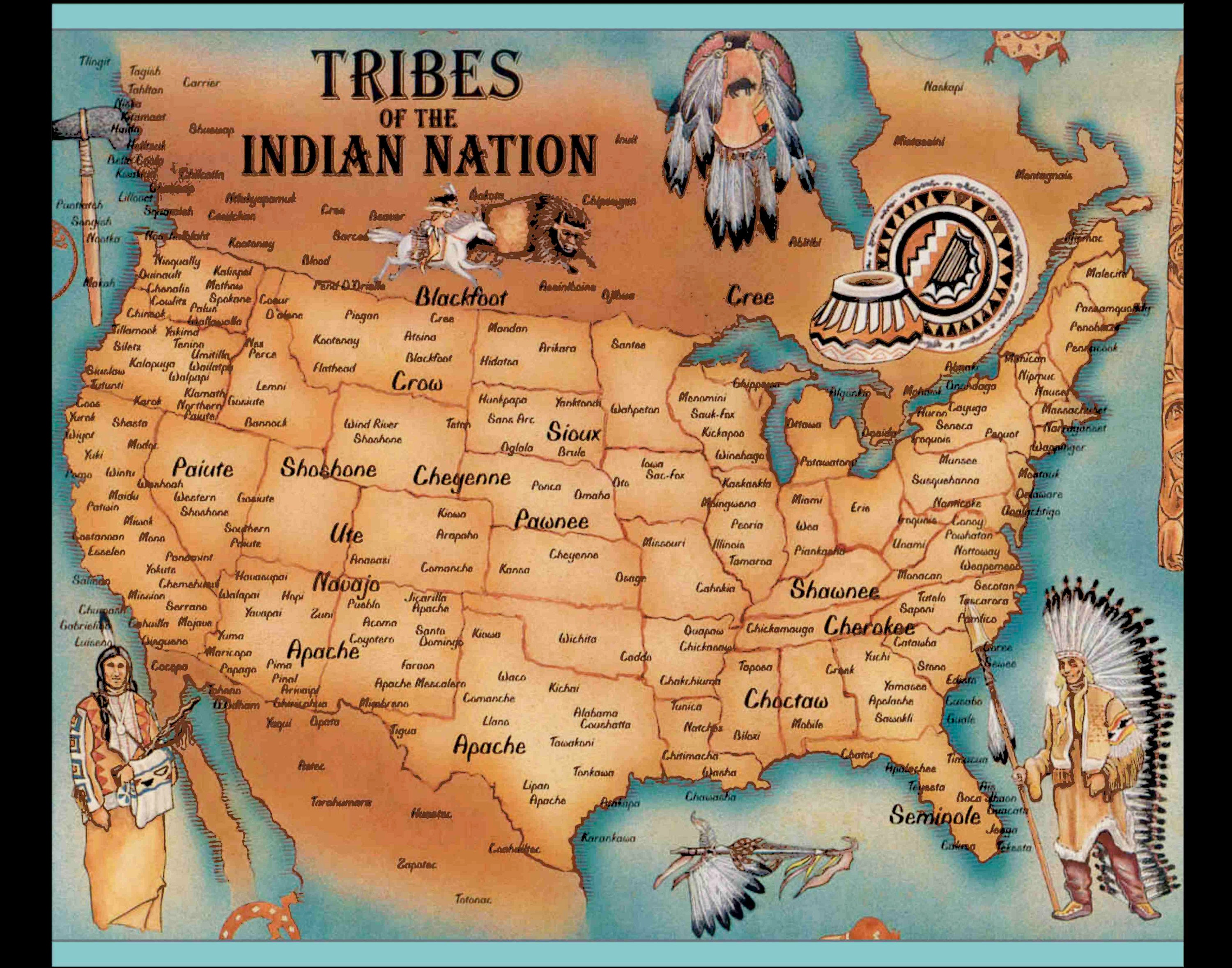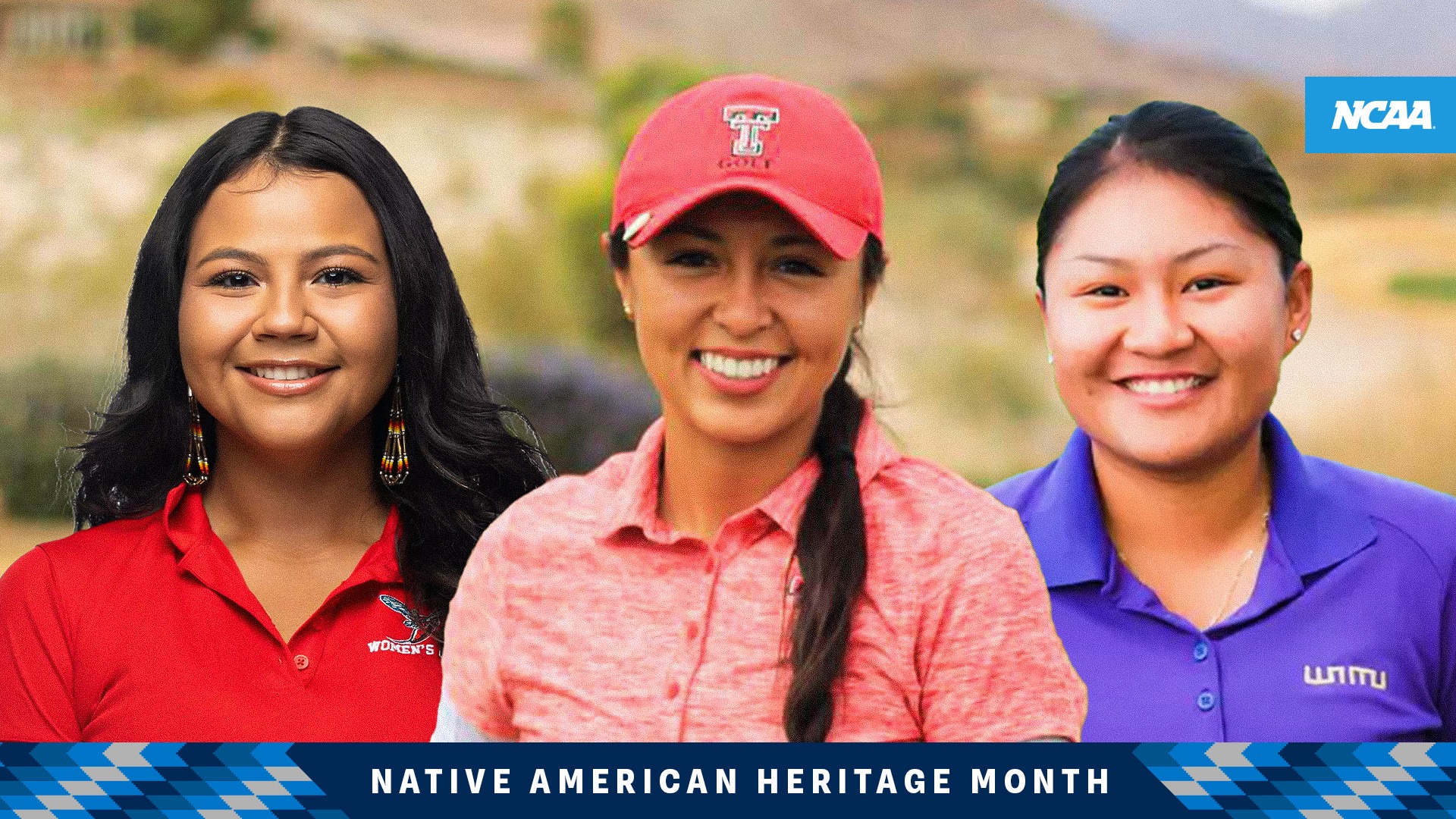
Beyond the Scoreboard: A Journey Through the Map of Native American Athletic Excellence, History, and Identity
To truly understand the "Map of Native American athletes" is to embark on a profound journey that transcends mere geographical locations and competitive statistics. It is an exploration of resilience etched into landscapes, a narrative woven through centuries of cultural identity, and a testament to an enduring spirit that has shaped not only the athletic world but also the very fabric of North America. This isn’t just a map of champions; it’s a living, breathing testament to the historical and ongoing contributions of Indigenous peoples, offering invaluable lessons for anyone interested in history, identity, and the power of the human spirit.
The Deep Roots: Athleticism as Survival, Ceremony, and Community
Long before organized sports as we know them, physical prowess was integral to Native American life. Across the vast and varied landscapes of Turtle Island (North America), athleticism was not merely recreation; it was survival. Hunting, tracking, long-distance running for communication or warfare, wrestling, archery, and canoeing were all skills honed to perfection, often passed down through generations. These activities fostered strength, agility, endurance, and strategic thinking, essential for thriving in diverse environments from the dense forests of the Northeast to the expansive plains and arid deserts of the Southwest.

Beyond survival, physical contests were deeply embedded in spiritual and ceremonial practices. Lacrosse, for instance, known as "The Creator’s Game" or "Baggataway," originated with Indigenous peoples of the Eastern Woodlands, particularly the Haudenosaunee (Iroquois Confederacy). Far more than a game, it was a spiritual endeavor, a prayer, and a way to heal and resolve disputes without warfare. The physicality, teamwork, and strategic depth of these traditional games speak to a sophisticated understanding of human potential and community building. Similarly, foot races among tribes like the Tarahumara (Rarámuri) of Mexico and many Pueblo nations were not just competitions but expressions of cultural identity, spiritual connection to the land, and tests of endurance that celebrated the human body’s incredible capabilities. These ancient traditions laid the foundational blueprint for a natural inclination towards athletic excellence, emphasizing discipline, respect, and communal pride.
A Shifting Landscape: Colonialism, Assimilation, and the Emergence of New Arenas
The arrival of European colonizers irrevocably altered the landscape of Native American life, including their traditional athletic practices. The systematic dispossession of land, forced relocation, and the devastating impact of disease and warfare disrupted cultural continuity. The late 19th and early 20th centuries saw the rise of government-mandated boarding schools, a dark chapter in American history aimed at forced assimilation – "kill the Indian, save the man." Children were taken from their families, forbidden to speak their languages, and stripped of their cultural identities.
Paradoxically, within this oppressive system, sports often emerged as one of the few avenues for Native American youth to achieve a measure of success, recognition, and even a defiant expression of identity. While the intent was to "civilize" them through team sports, the inherent talent and competitive spirit of these students frequently shone through. It was in this crucible that figures like Jim Thorpe, a Sac and Fox and Potawatomi athlete, rose to international prominence.

Thorpe’s story is emblematic of this complex era. Born in Indian Territory (Oklahoma) in 1887, he attended Carlisle Indian Industrial School, where his athletic genius was discovered by legendary coach Pop Warner. Thorpe excelled in every sport he touched – football, baseball, track and field. His crowning achievement came at the 1912 Stockholm Olympics, where he won gold medals in the pentathlon and decathlon, declared by King Gustav V of Sweden as "the greatest athlete in the world." However, his amateur status was controversially revoked, and his medals stripped years later due to his brief semi-professional baseball career, a decision driven by racial prejudice and a selective application of rules that was not consistently applied to white athletes. Thorpe’s story highlights the immense talent and resilience of Native athletes, but also the systemic injustices they faced. His posthumous reinstatement to the Olympic record, decades later, was a crucial, though belated, step towards acknowledging this historical wrong.
Mapping the Athletic Landscape: Regional Excellence and Tribal Connections
The "map" of Native American athletic excellence is not static; it reflects tribal histories, geographical influences, and the evolution of American sports.
1. The Plains and Southwest: Endurance, Precision, and Gridiron Glory

The vast expanses of the Great Plains, home to tribes like the Lakota, Cheyenne, and Comanche, fostered a culture of endurance and horsemanship. This legacy is powerfully reflected in the running prowess of athletes like Billy Mills (Oglala Lakota), who achieved one of the greatest upsets in Olympic history by winning the gold medal in the 10,000-meter race at the 1964 Tokyo Olympics. His victory, an embodiment of the "warrior spirit" and profound connection to his ancestral lands, remains an iconic moment of Native American achievement.
Further south, in Oklahoma, the football field has long been a domain where Native American athletes have excelled. Following in Thorpe’s footsteps, numerous players of Cherokee, Choctaw, and other tribal descent have graced the NFL. Sam Bradford (Cherokee Nation), a Heisman Trophy winner and former NFL quarterback, represents a modern continuation of this legacy. His success on the gridiron speaks to a culture that values strategic thinking, physical strength, and community support.
In the arid Southwest, the Navajo Nation and various Pueblo tribes have also produced exceptional athletes. Notah Begay III (Navajo, San Felipe, Isleta Pueblo) shattered stereotypes in golf, a sport traditionally less associated with Native Americans. His journey from the reservation to Stanford University and then to the PGA Tour showcases not only individual talent but also the breaking down of barriers and the expansion of athletic horizons for Native youth. His post-playing career, dedicated to promoting health and wellness in Native communities, further solidifies his impact.
2. The Pacific Northwest and Columbia River Plateau: Hoops and Community Pride
The Pacific Northwest, with its diverse tribal nations like the Umatilla, Nez Perce, and Yakama, has become a hotbed for basketball talent. The sport resonates deeply within reservation communities, providing a powerful outlet for youth, fostering teamwork, and generating immense tribal pride. Shoni Schimmel (Umatilla), a dazzling guard who led the Louisville Cardinals to an NCAA Championship appearance and went on to become a WNBA All-Star, captivated audiences with her "Rez Ball" style – a fast-paced, improvisational, and highly skilled game honed on reservation courts. Her success brought national attention to the vibrant basketball culture thriving within Native communities, demonstrating how sports can unite and uplift.
3. The Eastern Woodlands: The Enduring Legacy of Lacrosse

The Haudenosaunee Confederacy (Mohawk, Oneida, Onondaga, Cayuga, Seneca, Tuscarora) continues to dominate the sport of lacrosse, proudly asserting their claim as its originators. The Iroquois Nationals, now known as the Haudenosaunee Nationals, compete on the international stage, representing their sovereign nation with a deep sense of cultural pride. Their presence at world championships, often requiring special diplomatic efforts to secure travel documents, is a powerful statement of their identity and nationhood, reminding the world that their cultural practices are not relics of the past but vibrant, living traditions. Lacrosse is more than a game for them; it is a sacred bond, a living prayer, and a continuation of their heritage.
Beyond the Field: Identity, Representation, and Resilience
The map of Native American athletes is not just about where they come from, but what they represent. Each success story is a ripple effect, challenging pervasive stereotypes and providing powerful role models for younger generations. These athletes embody resilience in the face of historical trauma, cultural pride in a world that often seeks to erase Indigenous identities, and a testament to the strength that comes from deep community roots and ancestral knowledge.
Their journeys highlight the complex interplay of individual talent and collective identity. When a Native athlete succeeds, it is often seen not just as a personal victory but as a triumph for their entire tribe and for Indigenous peoples everywhere. They carry the weight of history and the hopes of their communities, using their platforms to advocate for tribal sovereignty, environmental protection, and cultural revitalization. Their visibility helps to educate a broader public, dismantle harmful misconceptions, and assert the living presence and vibrant cultures of Native Nations.
The Modern Era: Continuing the Legacy and Future Directions
Today, the legacy continues with a new generation of Native American athletes excelling in every sport imaginable, from baseball to rodeo, track and field to professional gaming. Organizations like the Native American Sports Council and various tribal sports programs are dedicated to nurturing young talent, promoting healthy lifestyles, and connecting youth to their cultural heritage through sports.
The journey through the map of Native American athletes is far from over. It is an ongoing narrative of strength, adaptation, and an unwavering spirit. For a traveler or an educational enthusiast, understanding this map means looking beyond the superficial and delving into the rich tapestry of Indigenous history, appreciating the profound connection between land, culture, and athletic achievement. It means recognizing that every victory, every challenge overcome, and every athlete’s story contributes to a larger, vital narrative of survival, identity, and the enduring power of Indigenous peoples in North America. By celebrating these athletes, we celebrate the vibrant and continuous cultures they represent, inspiring a deeper appreciation for the true history and diversity of this continent.


